The Trans-Mongolian Railway has long been a symbol of adventure, forging a unique route from Moscow to Beijing through the vast landscapes of Siberia, Mongolia, and northern China.
This iconic railway line, an essential part of the Eurasian Adventure Tour offered by Young Pioneer Tours, provided a one-of-a-kind travel experience for adventurers and history buffs alike.
However, with its closure during the COVID-19 pandemic, many wonder if the Trans-Mongolian will ever resume its operations, and if so, how long we may have to wait. As other legendary routes, such as the Hanoi-Nanning service, have also halted, it begs the question: Is the golden age of tourist train travel over?
History of the Trans-Mongolian Railway
The Trans-Mongolian Railway was developed as an alternative to the famous Trans-Siberian Railway, offering travelers a chance to experience three distinct cultures—Russia, Mongolia, and China—in one sweeping journey. The route begins in Moscow, following the Trans-Siberian path before branching off at Ulan-Ude, heading south into Mongolia’s capital, Ulaanbaatar, and then continuing to Beijing.
Despite the complexities of the Sino-Soviet split during the Cold War, the Trans-Mongolian line remained open, serving as a vital diplomatic and economic connection. This continued even when relations between China and the Soviet Union were strained, making the railway a symbol of both political pragmatism and cultural exchange.
For over a decade, Young Pioneer Tours embraced this journey as part of their signature Eurasian Adventure, offering travelers the chance to explore this remarkable route. The train not only transported passengers across borders but also across time zones, cultures, and some of the most stunning landscapes in the world.
To read about what it was like to take this journey click here.
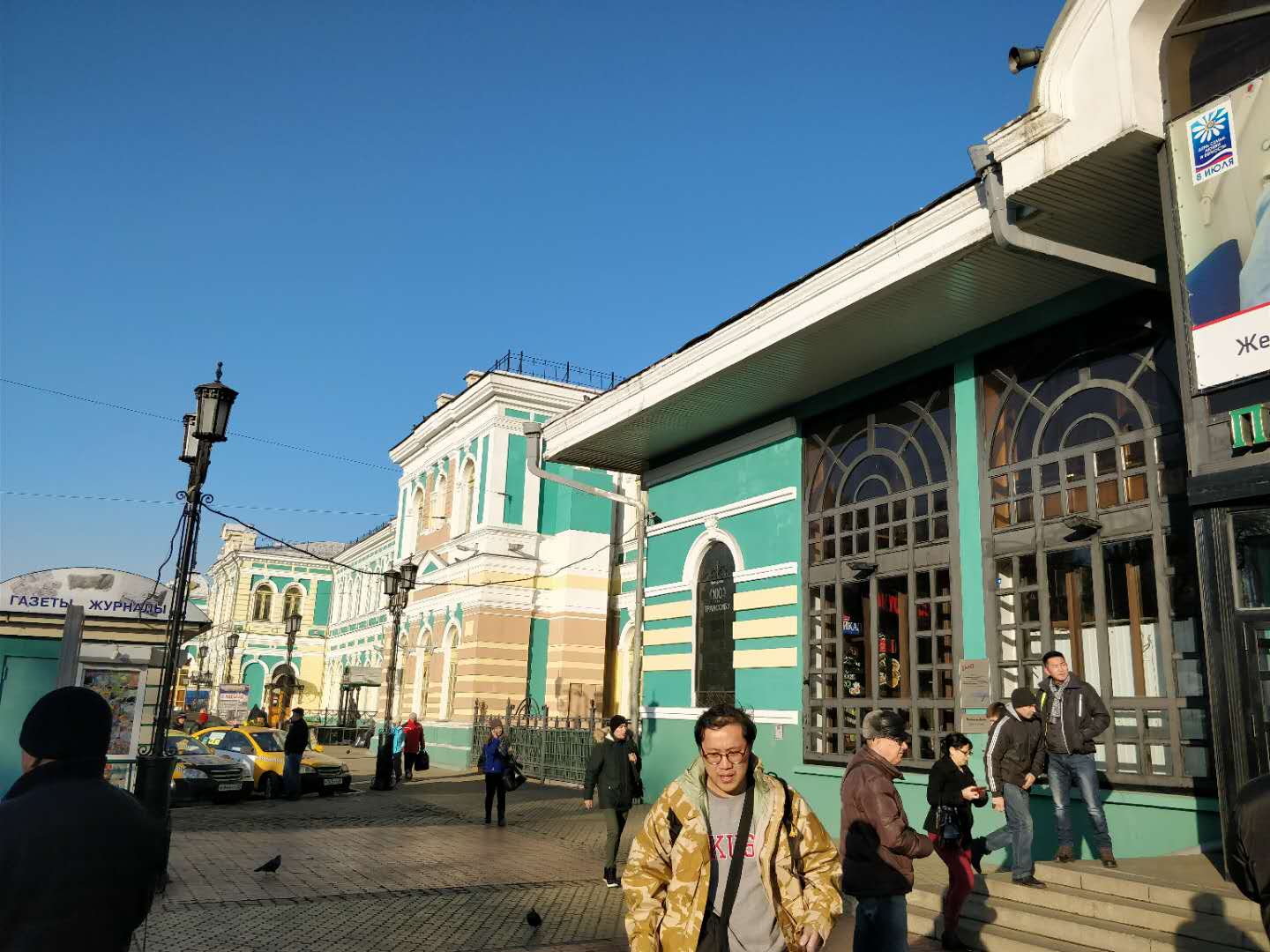
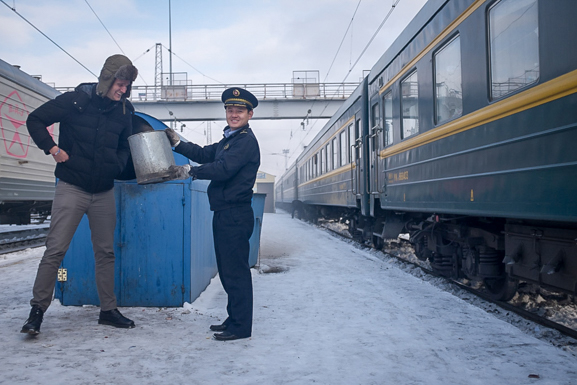
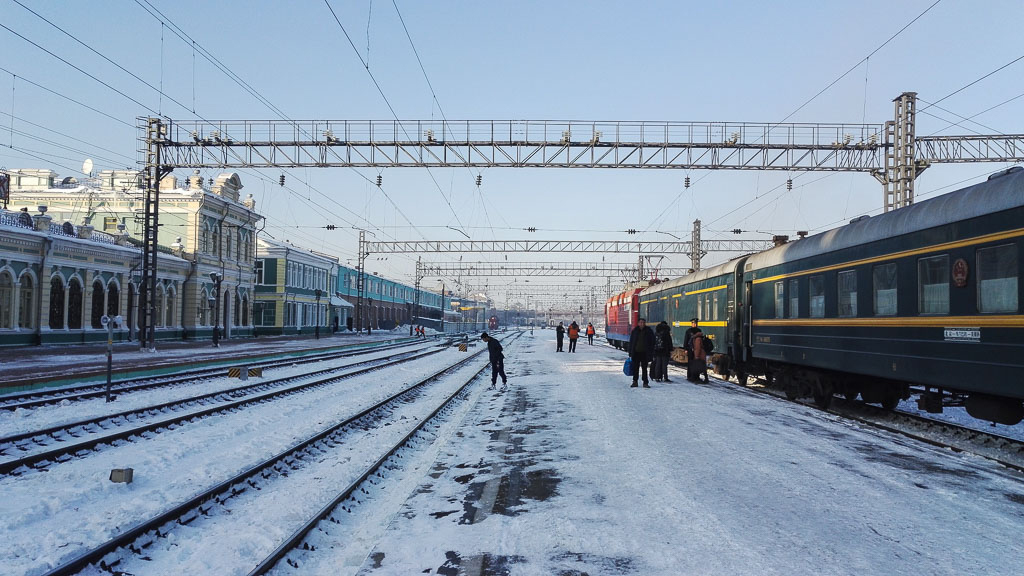
The Journey Experience
Taking the Trans-Mongolian was about much more than getting from point A to point B. It was an immersive experience that blended history, adventure, and camaraderie. From Moscow’s grandeur to the endless expanse of Siberia, to Mongolia’s rolling steppes, and finally to China’s desert and great cities, the journey was a testament to how travel can inspire and connect people across nations.
Passengers on the Trans-Mongolian Railway were treated to a mix of both rugged and refined experiences. The changes in scenery were as dramatic as the shift in culture when the train crossed borders. Each destination offered its own unique flavor, whether it was stopping in a small Russian town for local snacks or marveling at the Great Wall of China in the final stages of the journey.
A particularly memorable part of the journey was the changing of the railway gauge when the train crossed from Mongolia into China. Since China uses a different track gauge than Mongolia, this meant a several-hour stop at the border where the train cars were lifted off the ground, the wheels changed out, and passengers were treated to a show of engineering unlike anything else in the world. This mechanical ballet was one of the many unique quirks that made the Trans-Mongolian a journey unlike any other.
The Trans-Siberian Railway, with which the Trans-Mongolian shares its first section, tends to get more attention. However, while the Trans-Siberian only explores Russian territory, the Trans-Mongolian Railway added an extra dimension by connecting not just three nations, but also their histories, economies, and political ideologies.
And then there were the friendships and the drinking, things that often went hand in hand. I personally will never forget handing out the jobs for people when we would hit the stations. These were of course buying food, beer and vodka mostly.
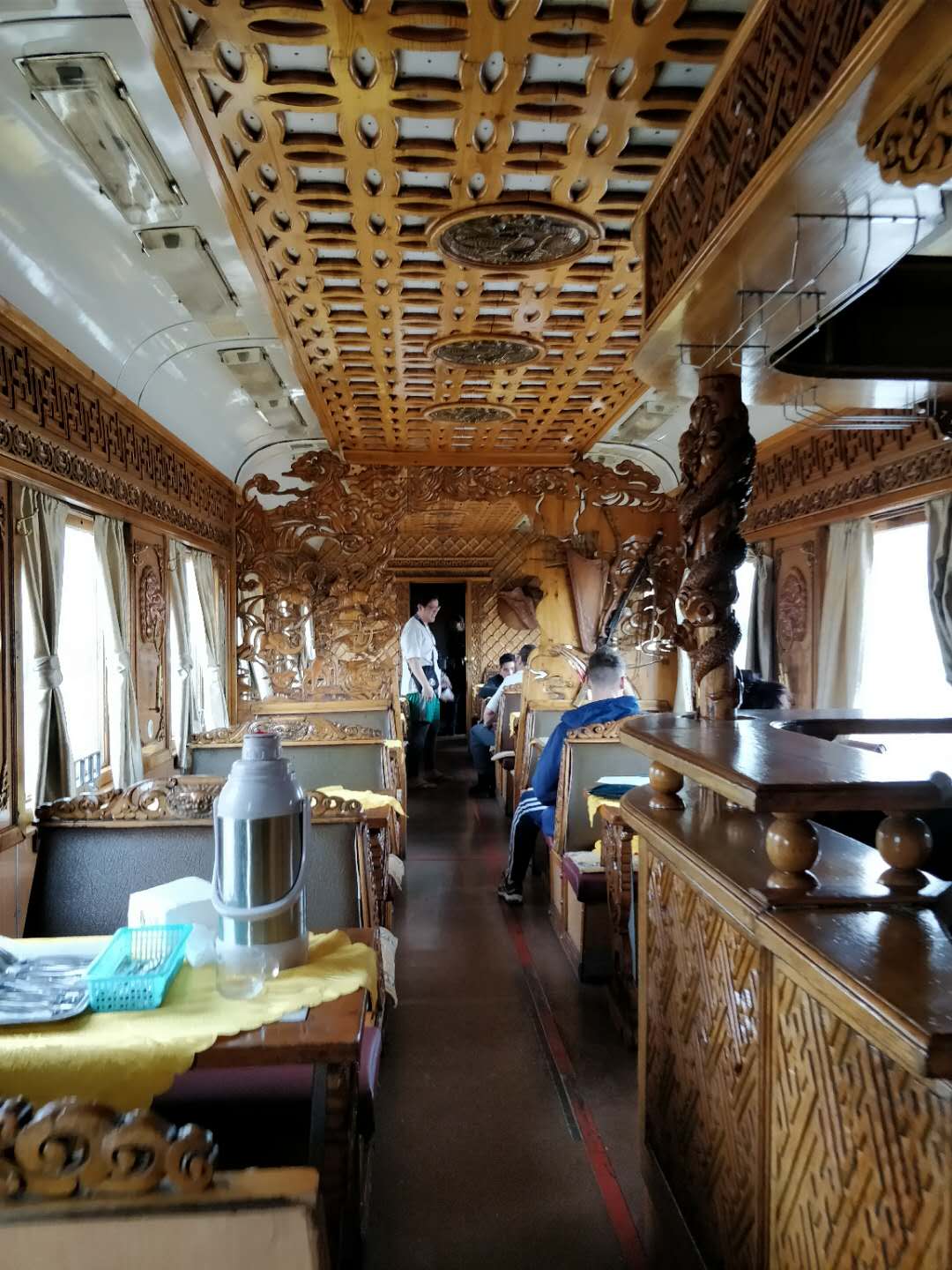
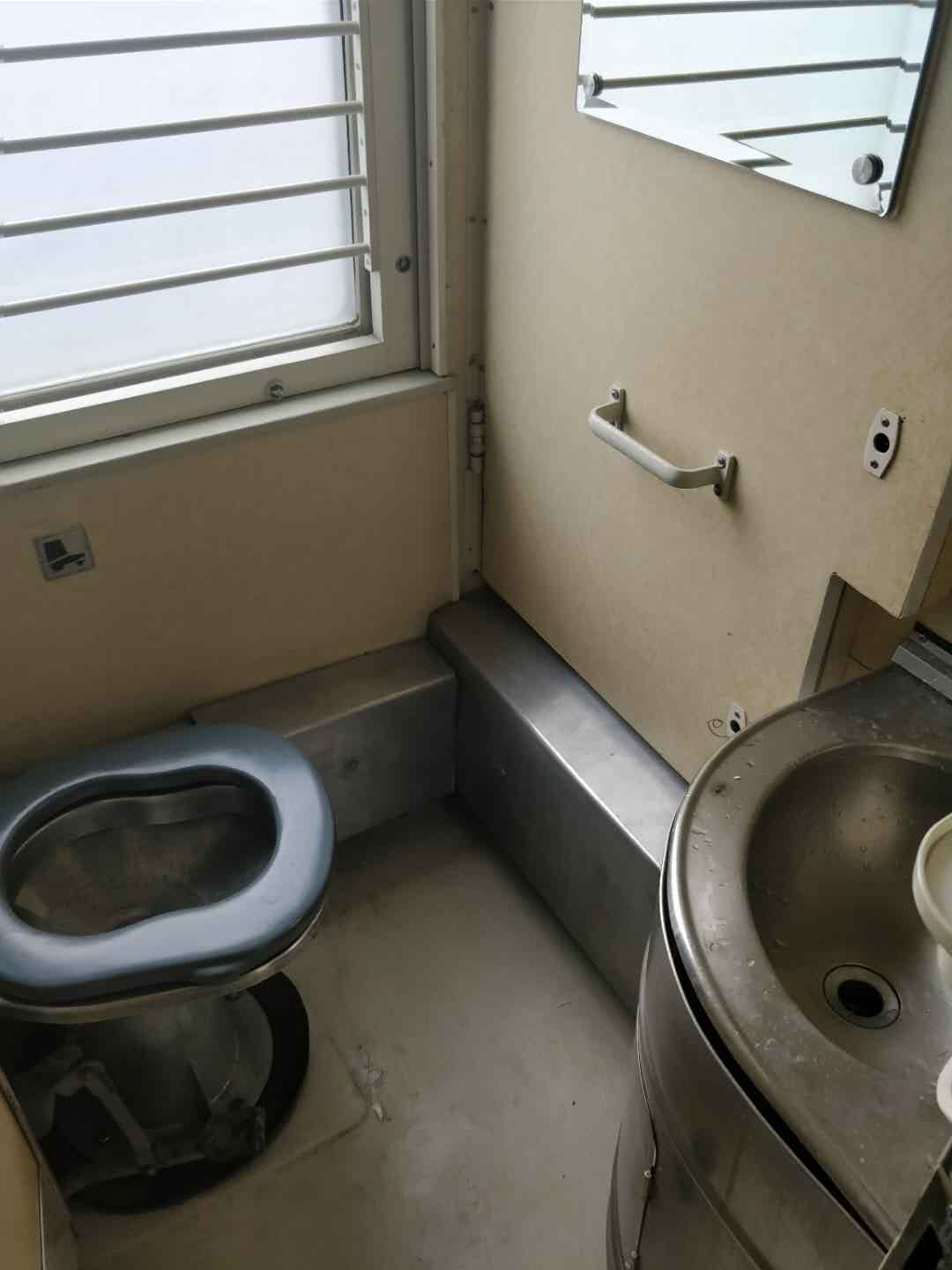

The Trans-Mongolian: A Route Built for Friendship
Unlike many modern railways, the Trans-Mongolian Railway was not built for profit. Instead, it served as a powerful tool for diplomacy and cooperation, especially during the Cold War. The railway functioned as a lifeline between Moscow, Ulaanbaatar, and Beijing, ensuring the exchange of goods, people, and ideas across ideological and geographic divides.
As political tensions between the Soviet Union and China eased, the railway remained a steadfast symbol of the countries’ complex but enduring relationship. It became a route for both tourists and locals, allowing a slow but steady trickle of people to experience the cultures and economies of these three nations. But this wasn’t a railway built for luxury—it was a route designed to maintain essential connections.
The train was famously basic, with its hard beds, shared facilities, and simple dining carriages. But for adventurers, it was all part of the experience. The lack of creature comforts was more than compensated by the incredible sense of discovery, the ever-changing landscapes, and the conversations shared with fellow passengers from all over the world over vodka. And while the dining carriages were indeed simple, having a borsch with vodka served by an angry Russian never lost its charm.
The Sudden Closure During COVID-19
Like many international travel routes, the Trans-Mongolian Railway ground to a halt in early 2020 when the COVID-19 pandemic shut down global borders. Mongolia’s government was quick to close its borders with both Russia and China, halting the famous train in its tracks. The closure wasn’t a complete surprise, given the severity of the pandemic, but the railway’s sudden halt left a gap in both travel itineraries and cultural exchanges.
The Trans-Mongolian Railway was one of many iconic rail routes to be shut down, but its closure was particularly significant due to its historic role in connecting these three powerful nations. With Mongolia still maintaining strict border controls and China continuing to prioritize its internal COVID-19 policies, it remains uncertain when, or even if, the Trans-Mongolian Railway will return to operation.
Is This the End of Tourist Train Travel?
The closure of the Trans-Mongolian comes at a time when other iconic train routes are also ceasing operations. The Hanoi-Nanning route between Vietnam and China has also stopped running, and many international train services from Russia have been suspended, something not all that surprising, what with the war and all. This has led some to wonder if the golden age of tourist train travel is coming to an end.
For years, train travel was seen as a more romantic, adventurous alternative to air travel. Routes like the Trans-Mongolian weren’t just about getting to a destination—they were about the journey itself. Travelers were able to see landscapes and cultures in a way that’s impossible from 30,000 feet. But with international tensions, economic challenges, and the long shadow of the pandemic, the future of such routes is in question.
You can check out our Sri Lanka train tour here.
What the Future Holds for the Trans-Mongolian
The Trans-Mongolian Railway was always more than just a train—it was a bridge between worlds. Its uncertain future leaves a gap in the landscape of international travel, especially for adventurers seeking to experience the world at a slower, more immersive pace.
As we look forward, we can only hope that one day the borders will reopen and this historic route will resume operations. For those of us at Young Pioneer Tours, the Trans-Mongolian Railway wasn’t just a part of our Eurasian Adventure Tour—it was a defining experience. We remain optimistic that this route will one day return, allowing future travelers to follow in the tracks of adventurers, diplomats, and traders who have crossed this historic line for over a century.
Until then, we’ll continue to offer travel experiences that capture the spirit of adventure and discovery, just like the Trans-Mongolian Railway once did. Will the train ever return? Only time will tell, but its legacy will live on in the memories of those who took the journey.
You can check our Soviet Tours here.





